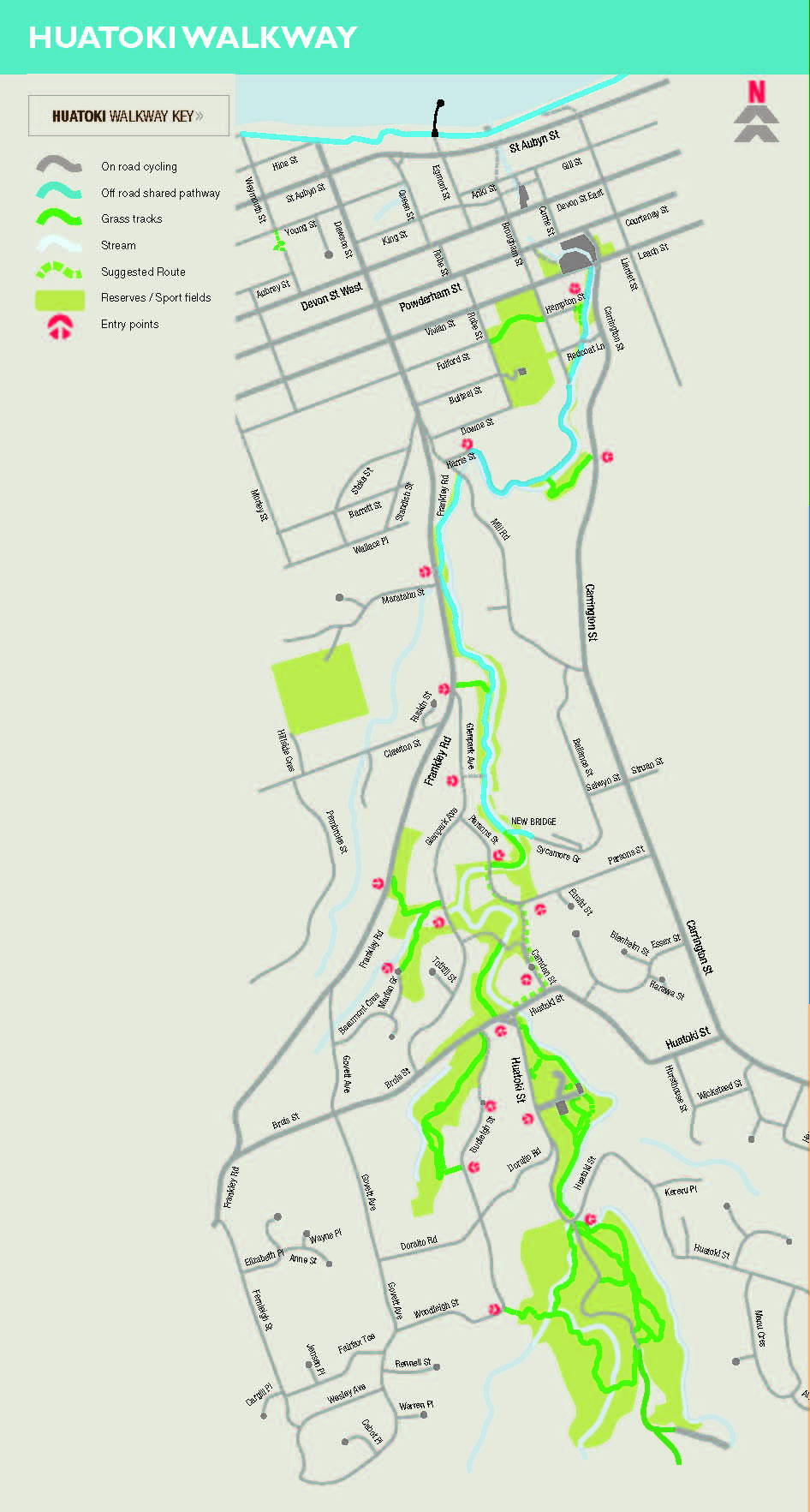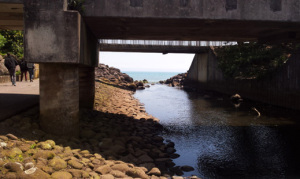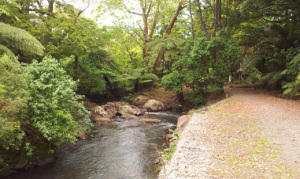
“Parihaka, depicted in this painting by George Clarendon Beale (1856–1939), was New Zealand’s largest Maori community by 1881. Its prophets attracted followers from around the country.” Source:http://www.nzhistory.net.nz/media/photo/parihaka-painting, (Ministry for Culture and Heritage). CC-BY-NC
SCANZ 2015:water*peace to begin at Parihaka
water*peace is set to commence at the settlement of Parihaka, on the 18th of January 2015. The 18th and 19th of each month are set aside by the Taranaki community, to celebrate their prophets of peace, Te Whiti o Rongomai and Tohu Kakahi.
SCANZ participants will join the community of Parihaka in this celebration. It will be noho marae, meaning the stay will be overnight. Kaumatua (elder) of Parihaka Ruakere Hond, has asked that the participants collectively present their thoughts and feelings on peace to the community on the Saturday night, a great honour.
Previously at SCANZ 2013, participants visited on both days. The noho marae presents a deepening of association. Some of the Aotearoa participants have iwi (tribe), hapu (sub-tribe) or whanau (family) links and are hoping to work with members of the community on projects.
The Parihaka story
It is the 5th of November 1881. “The Europeans are expecting a bloody battle. In the build-up to the invasion, some of the men have been sitting around the campfires boasting about who is going to shoot the first Maori.
On the other side, the 2000 people of Parihaka have been expecting the troops. In preparation, the women have baked 500 loaves of bread to share with their visitors.”
The events at Parihaka that fateful year, are a significant part of the history of Aotearoa New Zealand. The response of Maori under the guidance and leadership of Te Whiti o Rongomai and Tohu Kakahi has been inspirational to peace movements led by people such as Mahatma Ghandi and Martin Luther King Jr. The episode is also defining for local iwi (tribes), and is significant to many New Zealanders.
The words quoted above are from a piece of insightful writing by Virginia Winder from her article for Puke Ariki’s website. Thanks to Jo Tito for forwarding the link to Virginia’s article.
Links
The Parihaka story
Parihaka painting from the Ministry of Culture and Heritage site
Te Whiti and Tohu on Te Ara, the encyclopedia of New Zealand pages on Maori prophets
Waitangi Tribunal report (includes Maori perspective of events)

SCANZ 2013:3rd nature residency artists and Parihaka hosts outside Te Raanui, a whare kai (house for eating). The visit to Parihaka set the 2013 residency off to an excellent beginning. In 2015, we will stay overnight.









































